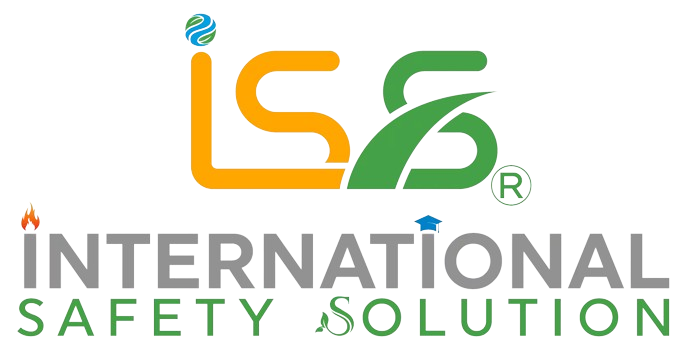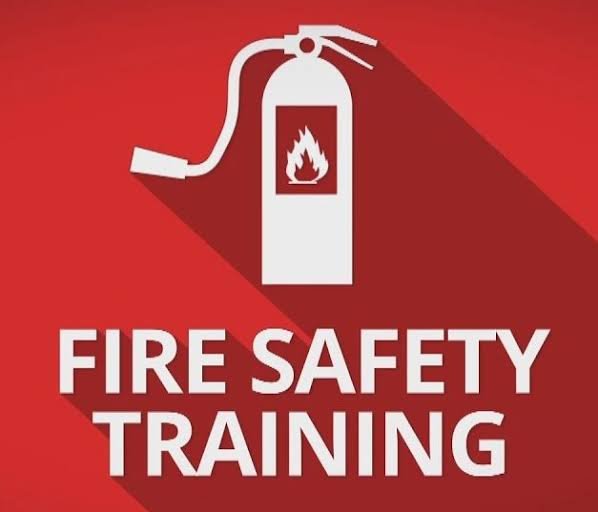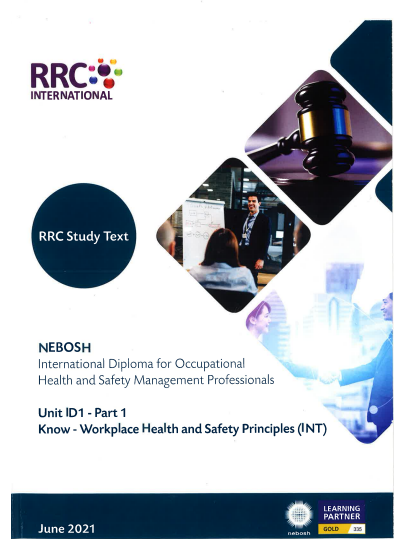Why Sprinkler Systems Are Crucial for Fire Prevention in Commercial Buildings
Fire safety in commercial buildings is more than just a compliance requirement—it is a fundamental responsibility that safeguards human lives, business continuity, and property. Among the various fire protection systems available today, sprinkler systems play a vital role in early fire suppression. This article explores in depth why sprinkler systems are essential for commercial buildings and how they contribute significantly to reducing the impact of fire incidents.

1. Immediate Activation and Early Fire Control
Sprinkler systems are designed to respond automatically to elevated temperatures caused by a fire. Once a specific heat threshold is reached, the sprinkler head nearest to the fire activates, releasing water directly over the flames. This immediate reaction is critical in controlling the fire at its source before it can spread to other areas.
Unlike portable extinguishers, which depend on human action and proximity, sprinkler systems provide 24/7 protection—even during off-hours or in unoccupied buildings. This makes them a first line of defense against fire outbreaks.
2. Significant Reduction in Property Damage
According to studies by the National Fire Protection Association (NFPA), commercial properties with sprinkler systems experience up to 60% less property damage compared to those without them. This is due to the system’s ability to contain or extinguish a fire before it causes widespread destruction.
Sprinklers not only protect the physical structure but also reduce damage to:
- Machinery and equipment
- Critical documents and IT infrastructure
- Inventory and merchandise
- Interior finishes and building contents
By minimizing fire and water damage, businesses can recover faster and reduce downtime.
3. Critical in High-Risk Commercial Environments
Certain commercial facilities inherently carry greater fire risk due to their size, occupancy, or the nature of their operations. These include:
- Warehouses and factories
- High-rise buildings
- Shopping malls and retail centers
- Hospitals and clinics
- Educational institutions
- Hotels and restaurants
In such environments, the consequences of fire can be devastating. Sprinkler systems are a necessary safety measure that can mean the difference between a minor incident and a full-scale disaster.
4. Supports Safe Evacuation and Emergency Response
By controlling the fire in its early stages, sprinkler systems help maintain visibility, reduce heat and smoke levels, and keep escape routes passable. This allows occupants to evacuate safely and gives emergency responders more time to assess and suppress the fire effectively.
Sprinklers also reduce the risk of flashover a dangerous condition where all combustible materials in a room ignite simultaneously thus protecting both building occupants and firefighters.
5. Compliance with Codes and Insurance Requirements
Most building codes, especially for commercial and public-use facilities, mandate the installation of sprinkler systems. Failing to comply can result in legal action, loss of occupancy licenses, and financial penalties.
Additionally, many insurance providers offer reduced premiums for buildings equipped with functional fire suppression systems. A well-maintained sprinkler system not only ensures regulatory compliance but also enhances the insurability and reputation of the organization.
6. Cost-Effective and Low Maintenance
Sprinkler systems are engineered to be reliable and require minimal maintenance. Periodic inspections and testing ensure functionality, and the overall cost of upkeep is low compared to the potential losses they prevent.
In many cases, only one or two sprinkler heads activate during a fire, targeting the problem area without causing widespread water damage—unlike fire hoses that release hundreds of gallons per minute.
7. Environmentally Responsible Fire Control
Fires release hazardous gases and consume large volumes of water during manual firefighting. Sprinkler systems limit both fire spread and water use by activating only where needed, making them more environmentally friendly.
In today’s world, where sustainability is a growing concern, sprinkler systems offer a responsible method of fire suppression that aligns with environmental goals and green building standards.
Conclusion
Sprinkler systems are not just a fire safety tool they are an investment in life protection, business continuity, and responsible building management. For commercial buildings, especially those with high occupancy or valuable assets, having a well-designed and regularly tested sprinkler system can be the key to surviving and recovering from a fire event with minimal loss.
Building owners and facility managers should ensure that their fire protection strategies include modern sprinkler systems backed by proper design, installation, and maintenance. It’s not just about meeting standards it’s about saving lives and securing the future.





